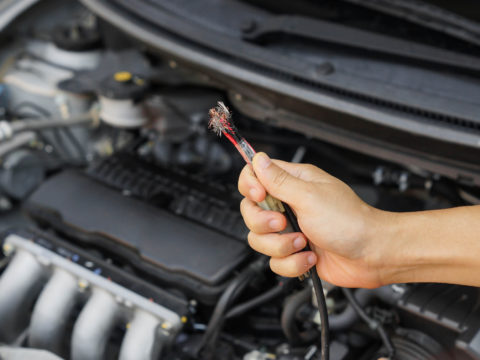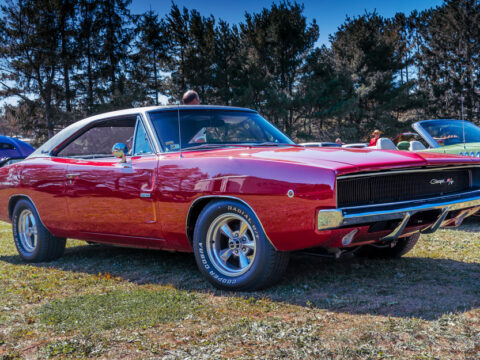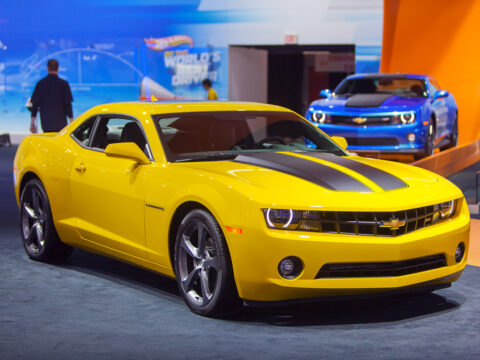Some of the greatest cars come from brands that have unfortunately ceased to exist. These vehicles remain iconic, showcasing innovative designs and engineering that left a lasting impact on the automotive world. Here are the greatest cars from brands that no longer exist.
Contents
Studebaker Avanti
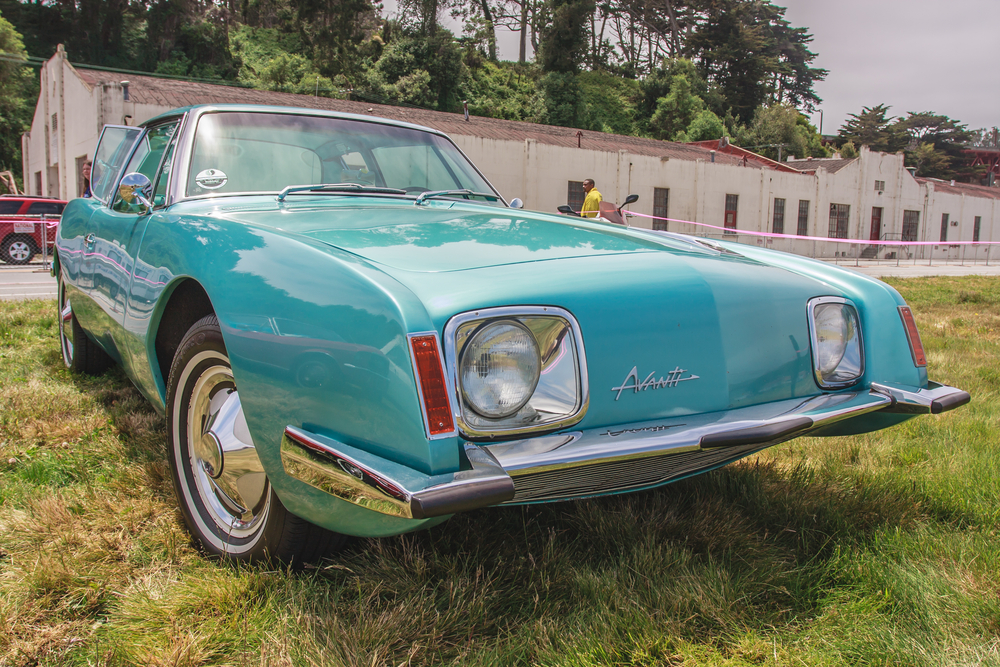
The Studebaker Avanti, produced from 1962 to 1963, was a groundbreaking car with advanced design and engineering. Featuring a fiberglass body designed by Raymond Loewy, the Avanti was powered by a 4.7-liter V8 engine that could produce up to 240 horsepower, with optional supercharged versions pushing even more. It boasted innovations such as front disc brakes and a sleek, aerodynamic design ahead of its time. Despite its excellence, Studebaker’s financial troubles led to the company’s demise in 1966, marking the end of the Avanti under its original manufacturer.
Tucker 48
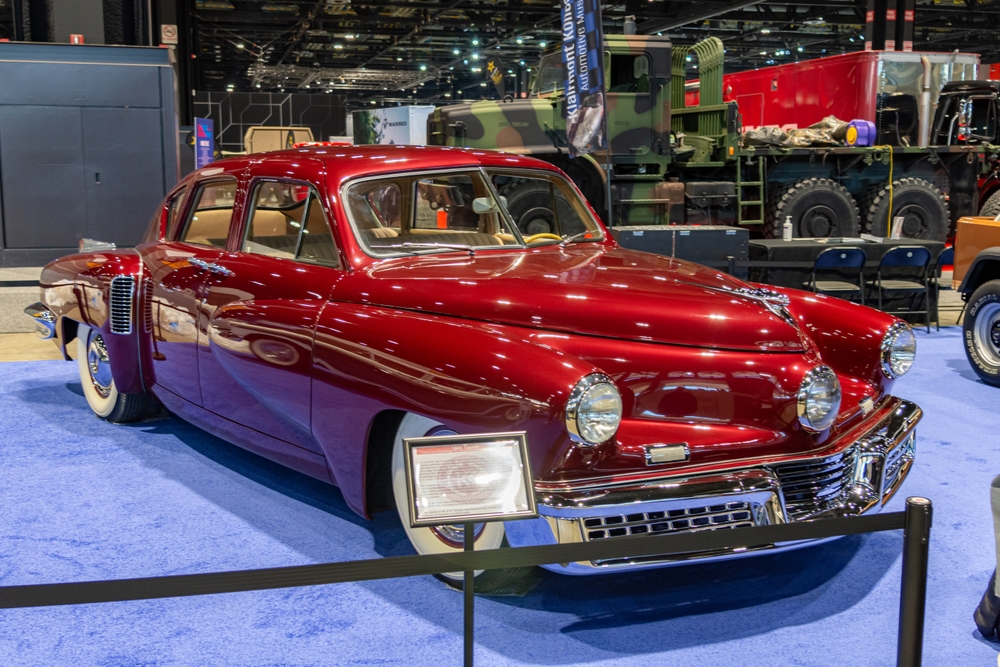
The Tucker 48, also known as the Tucker Torpedo, was a revolutionary car produced in 1948 by the Tucker Corporation. It featured numerous innovations, including a rear-mounted 5.5-liter flat-six engine, a perimeter frame for safety, a pop-out windshield, and a central headlight that turned with the steering. Only 51 units were made before the company collapsed amid legal and financial challenges. Preston Tucker’s ambitious project was ultimately undone by negative publicity and legal scrutiny, but the car remains a symbol of innovation and ingenuity.
DeLorean DMC-12
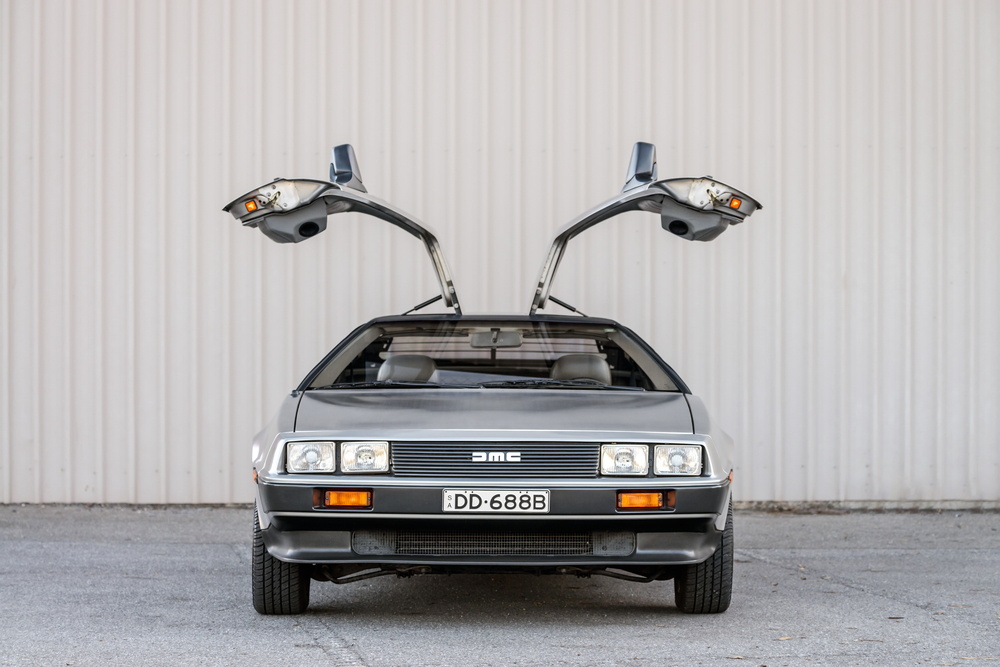
The DeLorean DMC-12, produced from 1981 to 1983 by the DeLorean Motor Company, is best known for its iconic stainless steel body and gull-wing doors. Designed by Giorgetto Giugiaro, it featured a 2.85-liter V6 engine producing 130 horsepower. Despite its unique design and popularity boosted by its appearance in the “Back to the Future” movies, the DMC-12 suffered from underwhelming performance and quality issues. Financial difficulties and legal troubles led to the company’s bankruptcy, ending the production of this distinctive car.
Packard Caribbean
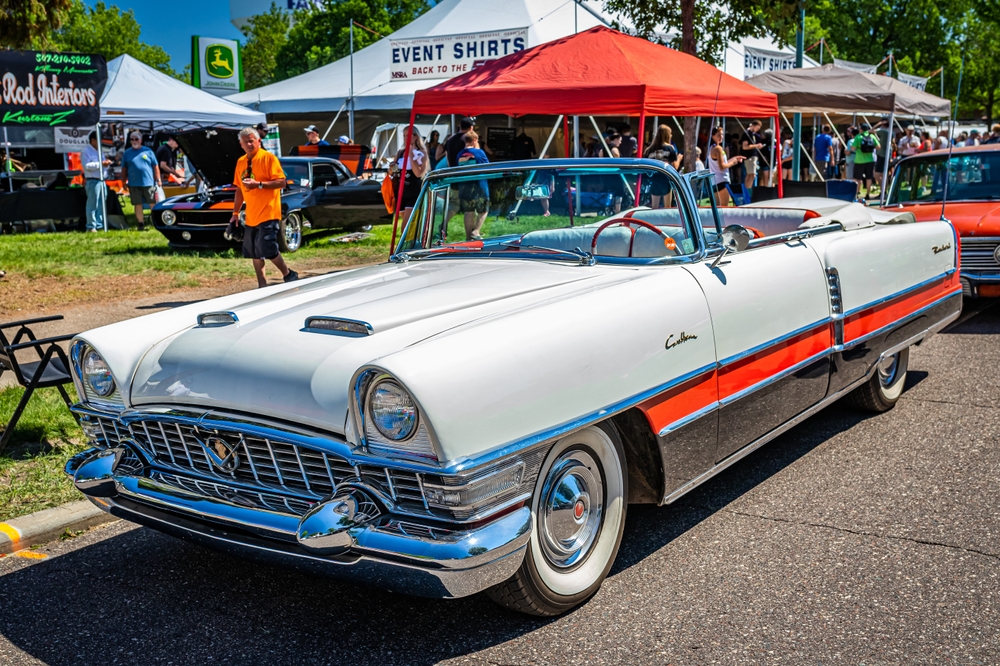
The Packard Caribbean, produced from 1953 to 1956, was a luxury convertible that showcased Packard’s engineering excellence and stylish design. It featured a powerful V8 engine, advanced suspension, and luxurious interiors. The Caribbean was one of the last attempts by Packard to compete in the luxury car market. Despite its excellence, Packard struggled to compete with Cadillac and Lincoln, leading to its merger with Studebaker and eventual closure in 1958.
Nash Ambassador

The Nash Ambassador, produced from 1927 to 1957, was known for its innovative design and engineering. The 1950-1957 models featured a sleek, aerodynamic design by Pininfarina and advanced features like unibody construction and a 5.0-liter V8 engine. Nash’s merger with Hudson to form American Motors Corporation (AMC) in 1954 led to the discontinuation of the Nash brand. The Ambassador remains a symbol of Nash’s commitment to innovation and quality.
Pierce-Arrow Silver Arrow
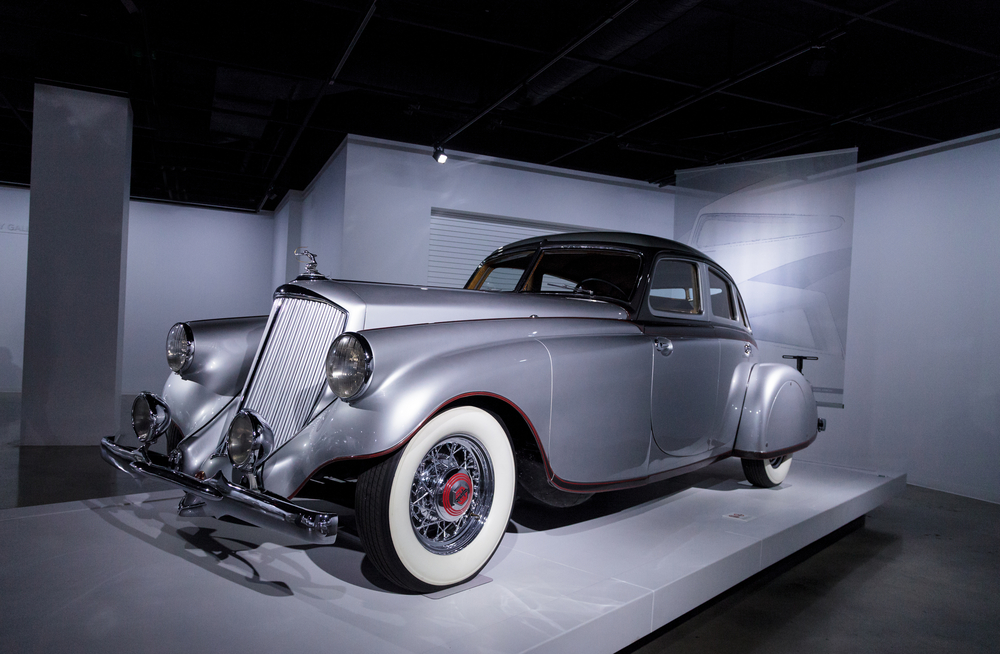
The Pierce-Arrow Silver Arrow, produced in 1933, was a luxury car that represented the pinnacle of the brand’s design and engineering. It featured a V12 engine and an aerodynamic body designed by Phil Wright. The Silver Arrow was an advanced and luxurious vehicle, but the Great Depression severely impacted Pierce-Arrow’s sales. The company struggled to survive and eventually went bankrupt in 1938, making the Silver Arrow a rare and highly collectible car.
Oldsmobile Toronado
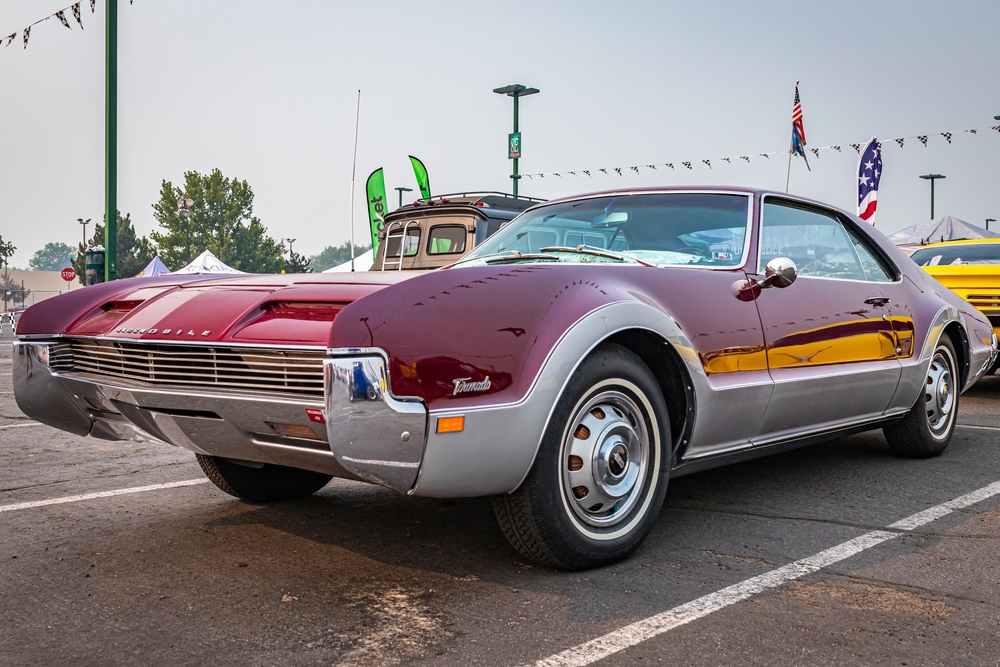
The Oldsmobile Toronado, produced from 1966 to 1992, was a pioneering front-wheel-drive car. The first-generation Toronado featured a 7.0-liter V8 engine producing 385 horsepower and a distinctive design with hidden headlights and sweeping lines. Despite its innovation and popularity, General Motors decided to phase out the Oldsmobile brand in 2004 due to declining sales and market repositioning. The Toronado remains a significant part of Oldsmobile’s legacy.
Pontiac GTO
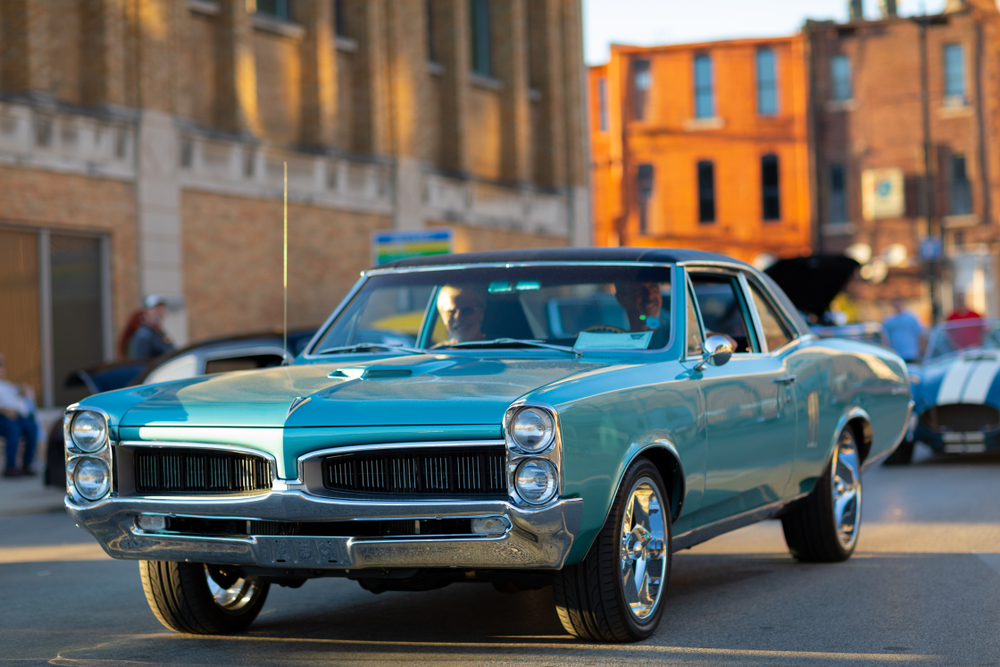
The Pontiac GTO, produced from 1964 to 1974, is often considered the first true muscle car. It featured powerful V8 engines, aggressive styling, and performance-oriented features. The 1969 GTO Judge, with its 6.6-liter V8 engine producing 370 horsepower, is a standout model. Despite its success, the Pontiac brand was discontinued by General Motors in 2010 as part of the company’s restructuring efforts following the financial crisis. The GTO remains an icon of American automotive history.
Plymouth Barracuda

The Plymouth Barracuda, produced from 1964 to 1974, was a classic American muscle car. The 1970-1974 models, particularly the ‘Cuda versions with the 7.2-liter Hemi V8 engine producing 425 horsepower, are highly revered. Despite its popularity, the Plymouth brand was phased out by Chrysler in 2001 due to declining sales and brand consolidation. The Barracuda remains a symbol of the golden age of muscle cars.
Hudson Hornet
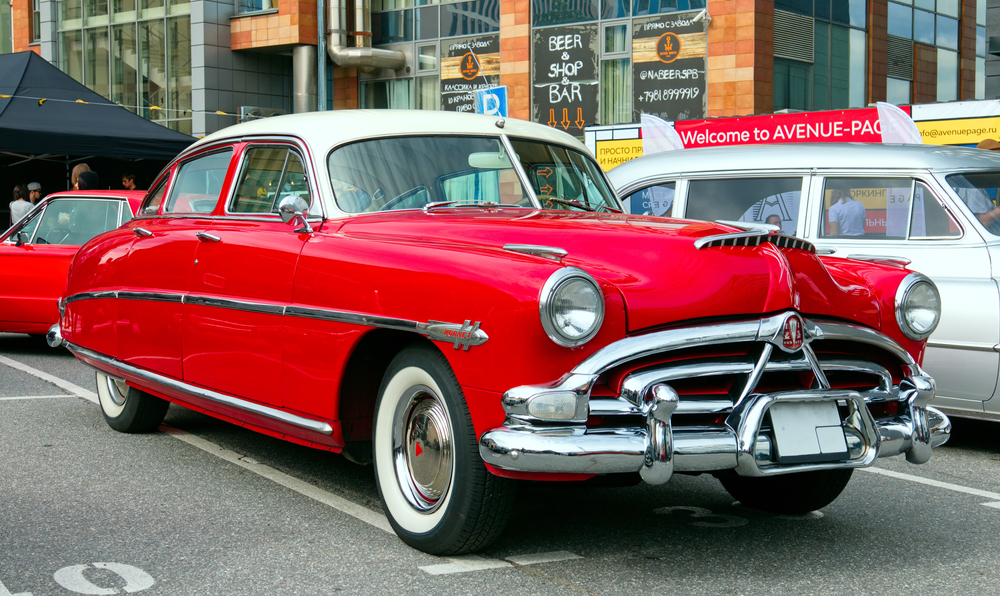
The Hudson Hornet, produced from 1951 to 1954, was a dominant force in early NASCAR racing. It featured a “step-down” design, which lowered the center of gravity, and a powerful 5.0-liter inline-six engine. The Hornet’s performance and handling were exceptional for its time. Hudson merged with Nash to form AMC in 1954, and the Hudson brand was discontinued in 1957. The Hornet remains a beloved classic for its racing heritage and innovative design.
Mercury Cougar
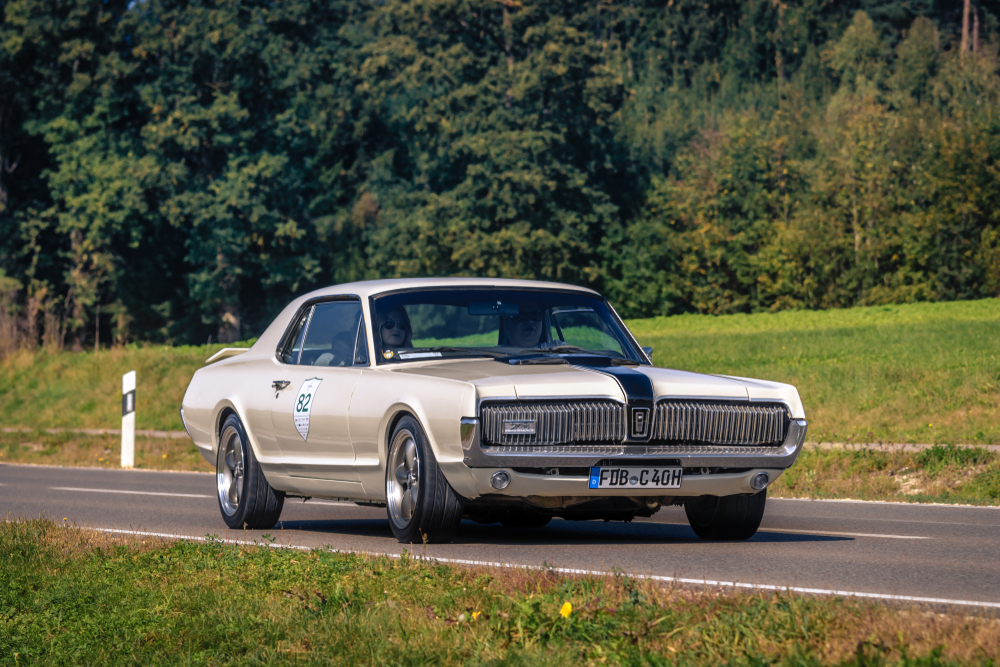
The Mercury Cougar, produced from 1967 to 2002, was introduced as an upscale counterpart to the Ford Mustang. The first-generation Cougars featured a range of V8 engines and luxurious interiors. The 1969 Cougar Eliminator, with its 7.0-liter Boss 429 V8 engine, is particularly notable. Despite its success, the Mercury brand was discontinued by Ford in 2010 as part of a strategy to focus on its core brands. The Cougar remains a symbol of Mercury’s performance and style.
Studebaker Hawk
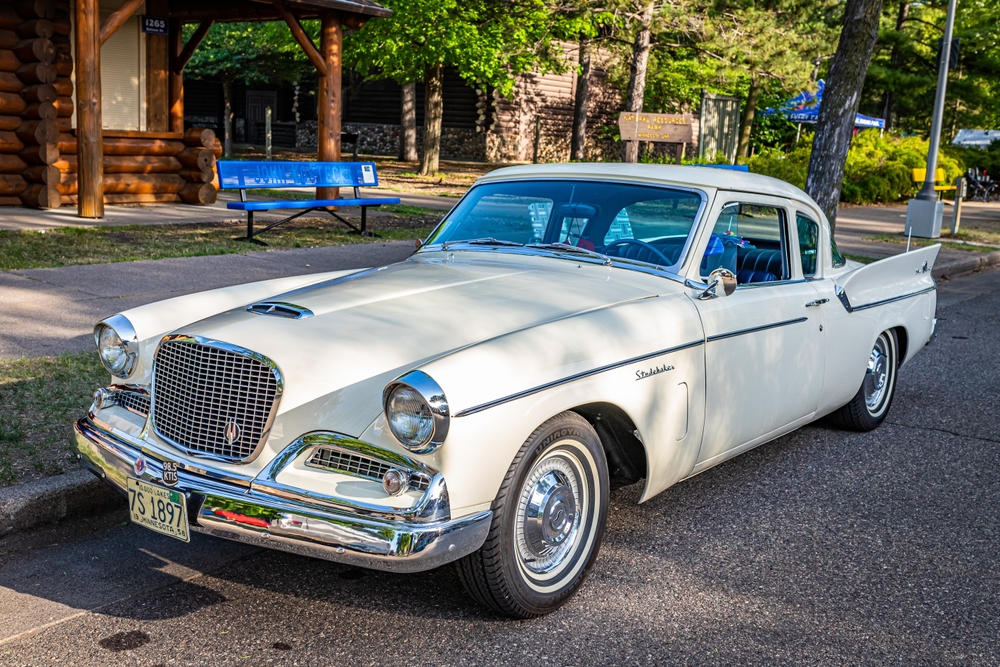
The Studebaker Hawk series, produced from 1956 to 1964, featured striking designs and powerful engines. The Golden Hawk, equipped with a supercharged 5.8-liter V8 engine, was particularly impressive. Studebaker’s financial struggles and declining sales led to its closure in 1966. The Hawk series, with its blend of style and performance, remains a testament to Studebaker’s engineering prowess.
Cord 810/812
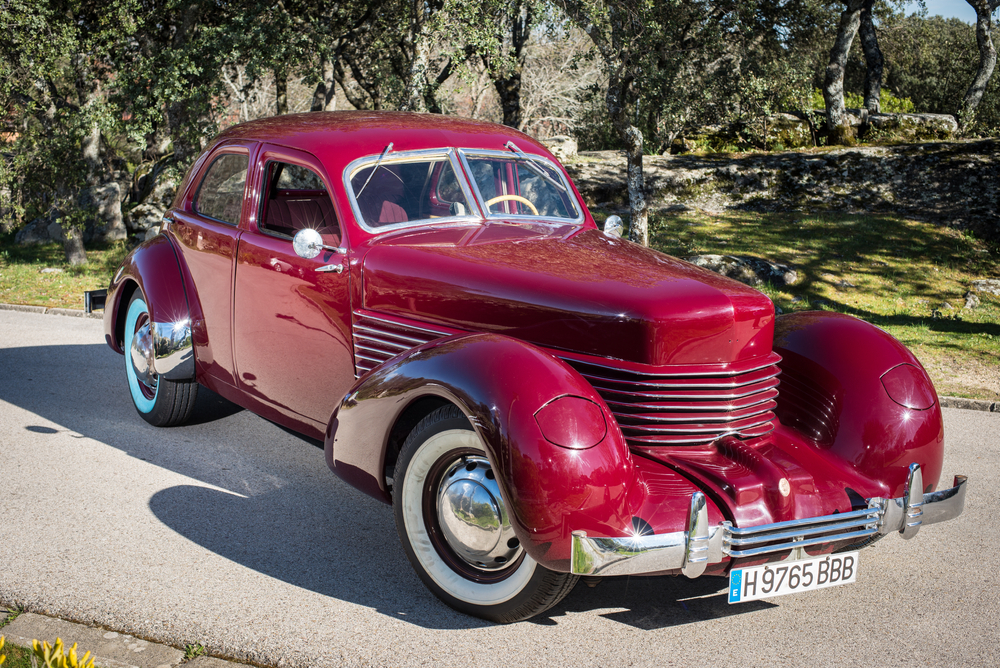
The Cord 810/812, produced from 1936 to 1937, was a revolutionary car with advanced features like front-wheel drive and hidden headlights. Powered by a supercharged 4.7-liter V8 engine, the Cord offered impressive performance and cutting-edge design. Despite its innovations, the Cord Corporation struggled with financial issues and ceased production in 1937. The 810/812 models are highly prized by collectors for their engineering and design excellence.
Kaiser Darrin
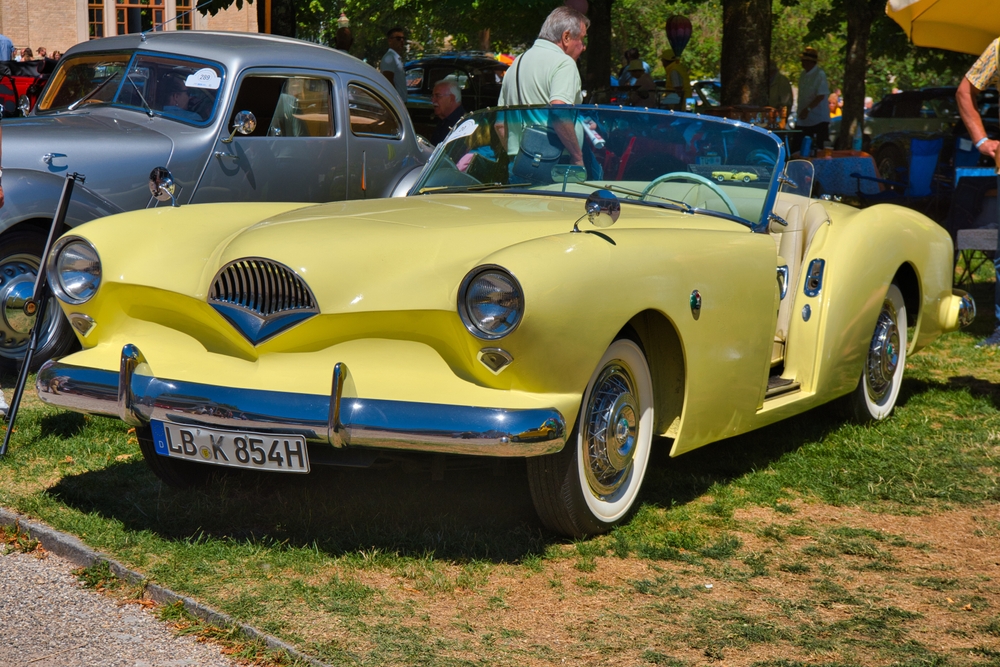
The Kaiser Darrin, produced in 1954, was America’s first fiberglass sports car, predating the Chevrolet Corvette. It featured a unique sliding door design and a 2.6-liter inline-six engine. Despite its innovative design, only 435 units were produced due to Kaiser’s financial difficulties. The company ceased car production in 1955. The Darrin’s rarity and distinctive styling make it a valuable classic.
Packard Twelve

The Packard Twelve, produced from 1932 to 1939, was a luxury car that epitomized Packard’s reputation for quality and engineering excellence. It featured a powerful 7.8-liter V12 engine and opulent interiors. The Great Depression severely impacted Packard’s sales, and despite efforts to revive the brand, it merged with Studebaker and eventually ceased production in 1958. The Packard Twelve remains a symbol of pre-war American luxury.
DeSoto Adventurer

The DeSoto Adventurer, produced from 1956 to 1960, was a high-performance model known for its powerful V8 engines and stylish design. The 1957 model featured a 5.6-liter Hemi V8 engine producing 345 horsepower. DeSoto was discontinued by Chrysler in 1961 due to declining sales and market changes. The Adventurer is remembered for its performance and distinctive styling.
AMC Javelin

The AMC Javelin, produced from 1968 to 1974, was a stylish and competitive muscle car. The AMX version, with its 6.6-liter V8 engine producing 340 horsepower, was particularly notable. AMC struggled to compete with the Big Three automakers and was eventually acquired by Chrysler in 1987. The Javelin remains a symbol of AMC’s innovation and performance.
Auburn 851 Speedster

The Auburn 851 Speedster, produced from 1935 to 1937, was an iconic American sports car known for its stunning design and supercharged 4.6-liter straight-eight engine. It offered impressive performance and luxurious features. The Great Depression led to Auburn’s financial decline, and the company ceased production in 1937. The 851 Speedster is celebrated for its beauty and engineering excellence.
Triumph TR8
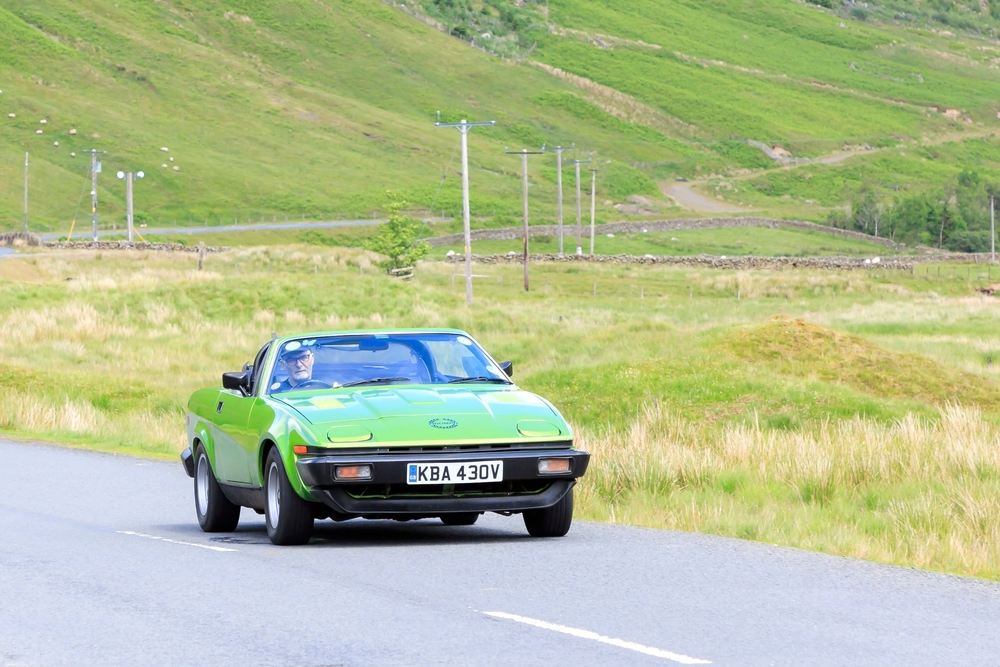
The Triumph TR8, produced from 1978 to 1981, was a British sports car powered by an American V8 engine. It featured a 3.5-liter Rover V8 engine, providing strong performance and a distinctive exhaust note. Despite its potential, Triumph struggled with financial issues and quality control problems, leading to its closure in 1984. The TR8 is remembered for its unique blend of British design and American muscle.
LaSalle Series 50

The LaSalle Series 50, produced from 1927 to 1940, was a luxury car brand created by General Motors to fill the gap between Cadillac and Buick. The 1940 model featured a powerful V8 engine and elegant design. LaSalle was discontinued due to GM’s decision to consolidate its brands during World War II. The Series 50 remains a symbol of American luxury and innovation.
This article originally appeared on MyCarMakesNoise.
More from MyCarMakesNoise
18 Underrated Motorcycles with Surprising Performance

When it comes to motorcycles, some of the best rides often fly under the radar. In this list, we’re highlighting 18 underrated motorcycles with surprising performance that deserve more recognition. Read More.
15 Compelling Reasons to Postpone Your Electric Car Purchase

Thinking about making the switch to an electric car? While the idea is exciting, there are a few important factors to consider before making the leap. In this article, we’ll explore 15 compelling reasons why you might want to hold off on purchasing an electric vehicle just yet. Read More.
20 Elusive Muscle Cars You’ll Only See in Your Dreams
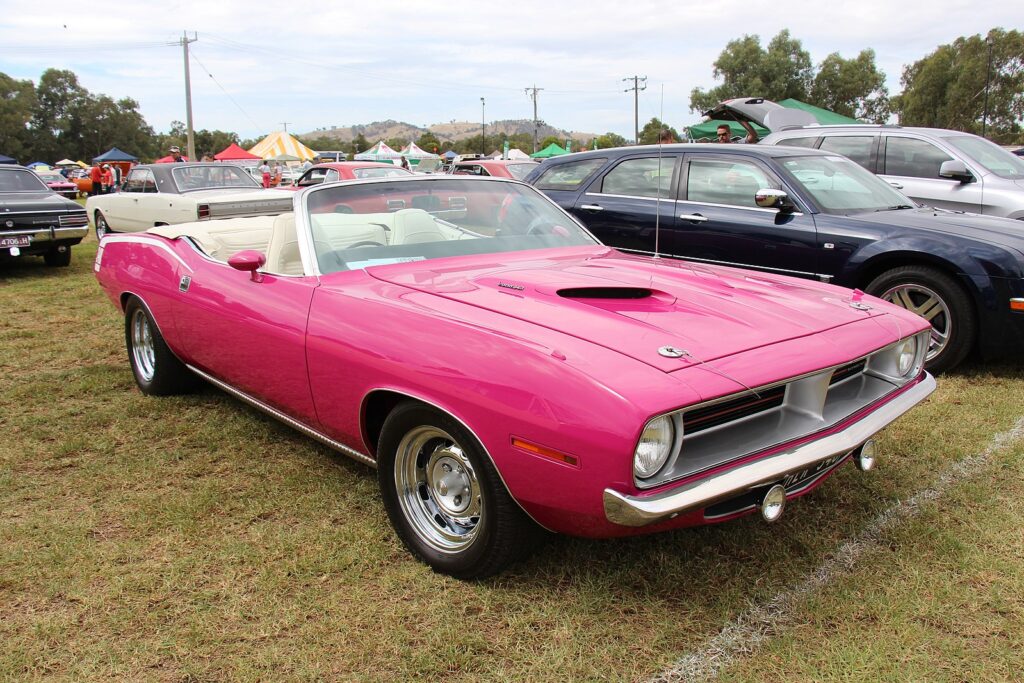
Muscle cars are the epitome of American automotive power and style, capturing the hearts of enthusiasts and collectors alike. In this article, we explore the rarest and most coveted muscle cars ever made. Read More.


